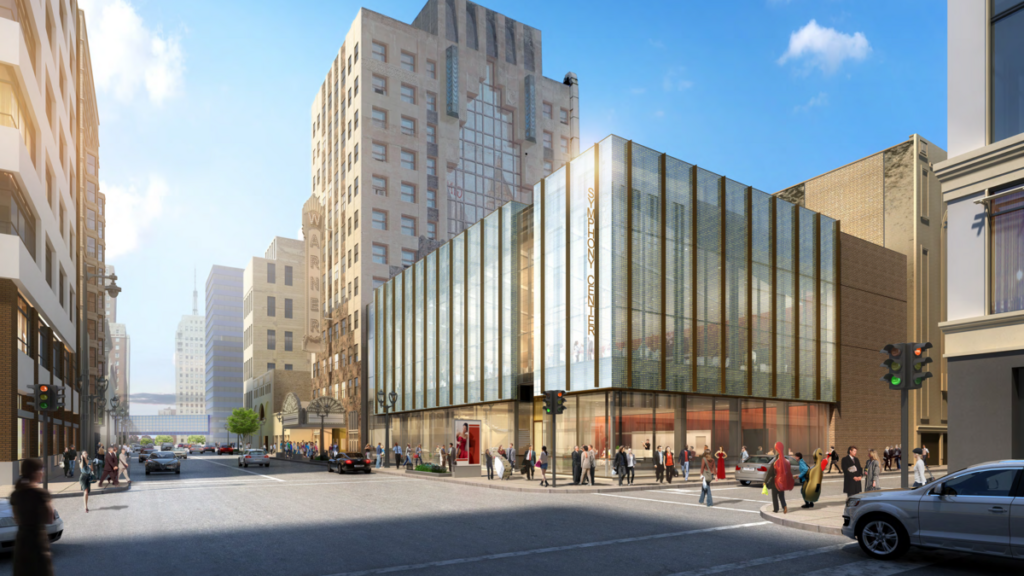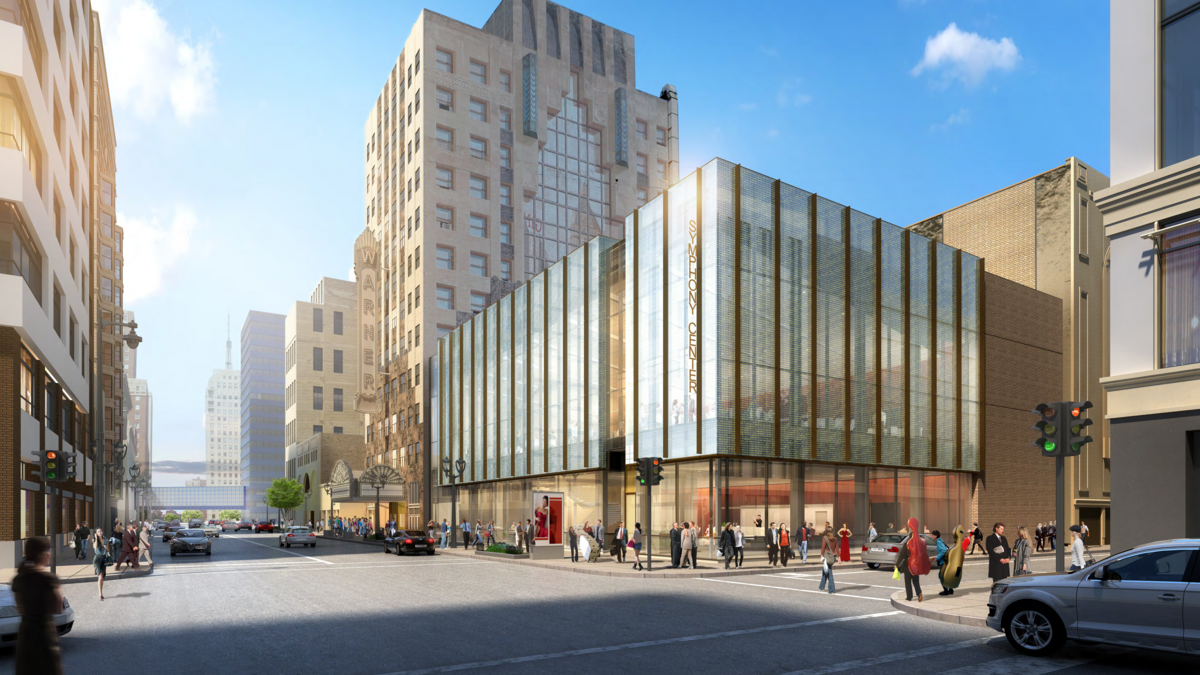
This Week’s Insights: Tell us where you want us to perform…Tell us how much you want to pay… Tell us what kind of experience you want… What older audiences want… How some theatres are thinking about engagement, education and community.
- We’ll Perform Where You Want: Scottish Ballet tells its audience: tell us where you’d like us to perform and we might do it. Patrons can suggest a venue or event, and the company will pick proposals from among the entries. “It can be anything from the dancers performing at a birthday party or on the banks of Loch Ness, or even the chance to get on stage and be part of a Scottish Ballet show.” A judging panel including Susan Calman, Fred MacAulay and Dame Darcey Bussell will decide which of the wishes are granted in 2019. But why? The company said: “For 50 years Scottish Ballet has been crafted by Scotland – by the people, the tradition, the sense of humour, the generosity and the spirit. As a way of saying thank you to the whole country, Scottish Ballet is inviting the people of Scotland to make a wish.”
- We’ll Let You Pay What You Want: It was a gamble. For its first five seasons, the Ubuntu Theater Project in Oakland sold tickets at $15 to $45 a seat, with some pay-what-you-wish seats available for low-income audience members at the door. “But all that wasn’t inclusive — or radical — enough for Ubuntu. So last summer, the theatre adopted a pay-as-you-can subscription model, guaranteeing tickets to its seven shows for a single amount named by the ticketholder.” Says marketing director Simone Finney, “This is what we’re about as a company, and if we were gonna fail, we should fail on things that are ideologically exciting.” And the subscriber base grew exponentially.
- We’ll Let You Choose Your Experience: The Milwaukee Symphony’s new home will offer e-tickets, drinks at your seat, and old phone booths in the lobby turned into listening stations. “Construction crews are working prestissimo on converting the former Warner Grand Theatre into a state-of-the-art performance venue for symphonic music [to open in September 2020]. … [And] management is using the fresh start to plan future user experiences. Experiences-plural is deliberate: They plan to appeal both to concertgoers who want to leave the outside world behind and immerse themselves in music, as well as folks who wants to stay wired and connected.”
- Data On What Motivates Older Audiences: In this research analysis by The Audience Agency, “we look at who older arts and cultural audiences are, what their characteristics as visitors are, how they may engage differently with different art forms and what motivates them.” Exploring the arts engagement of over 65-year-olds, in comparison with younger audiences, reveals distinct differences in behaviour, taste and motivation. ‘Elders’ represent a significant and growing proportion of existing and potential UK audiences, with population projections suggesting that almost a quarter of people will be above retirement age by 2030.
- Data On How American Theatres Are Thinking About Education, Engagement And Community: Some theatres have moved away from education and solely into community engagement. How are “education” and “community engagement” defined by each theatre? What are the similarities and differences between these two areas of focus? Is there collaboration across departments in this work? There has been growing attention to these issues in recent years, and we were interested in collecting some stories and exploring different models and approaches to this work.
Image: Milwaukee Symphony

Leave a Reply